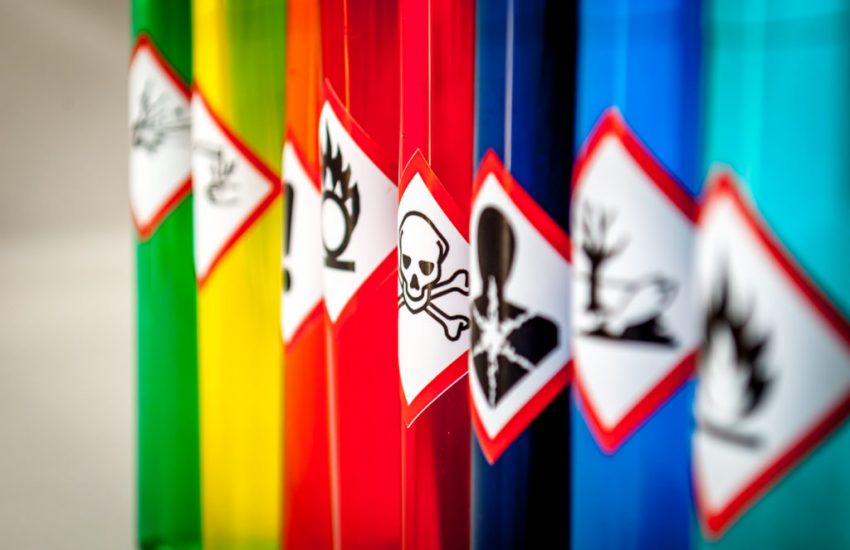The U.S. Environmental Protection Agency’s Toxic Substances Control Act of 1976 (TSCA) provides the EPA with needed authority to require reporting, record-keeping and testing requirements related to chemical exposures where risks or exposures of concern are found. The TSCA addresses the production, use, and disposal of multiple chemicals – including chemicals such as lead-based paint and polychlorinated biphenyls (PCBs). The TSCA applies to more than 83,000 chemicals, with new chemicals added when commercial manufacturing becomes available.
Under the authority of the TSCA, the EPA collects critical information for each chemical, including health and safety studies. Some of this information may be claimed as confidential business information (CBI). CBI is defined as any proprietary information believed to give other companies an advantage in the marketplace, and includes such items as formulas and manufacturing processes.
On June 1, the EPA issued a final rule to update the CBI requirements under the TSCA. The rule becomes effective on August 7, 2023 and applies to any manufacturer, importer, or processor of chemical substances that submits information to the EPA that is potentially confidential. Section 14 of TSCA includes procedures for asserting confidentiality claims as well as procedures for the EPA to review such claims. The final rule actually limits the type of information contained in the health and safety studies that can be considered CBI.
The EPA maintains that the final rule is intended to make the TSCA consistent with the Frank R. Lautenberg Chemical Safety for the 21st Century Act, which was passed in 2016. The Lautenberg Act made amendments to the TSCA, which included new rules for CBI information. The Lautenberg amendments included several changes to section 14. These include requirements that persons submitting information under the TSCA substantiate most confidentiality claims at the time of submission, as well as additional statement, certification, and generic name requirements. Under TSCA section 14(e), in order to maintain most claims beyond a 10-year period, submitters are required to reassert and re-substantiate those claims before the end of that 10-year period.
In the past, regulations for the TSCA CBI claims were spread over several parts of the Code of Federal Regulations. Now most of the procedural requirements are found in a new CFR section, 40 CFR Part 703. The new regulations include specific procedures for submitting and supporting CBI claims under the TSCA, including among other things: (1) substantiation requirements applicable at the time of submission; (2) electronic reporting requirements; (3) requirements to provide certification statements and generic names when making confidentiality claims; (4) treatment of information used for TSCA purposes that EPA has authority to require under the TSCA but was originally submitted via other means; and (5) maintenance and withdrawal of confidentiality claims.
The economic impact of these new regulations includes a one-time cost of approximately $272,804 in the first year, and an annual ongoing burden of approximately $45,529.
According to the EPA, it has included these changes in the final rule to increase transparency; modernize CBI procedures; and ensure consistency with the Lautenberg Act.

